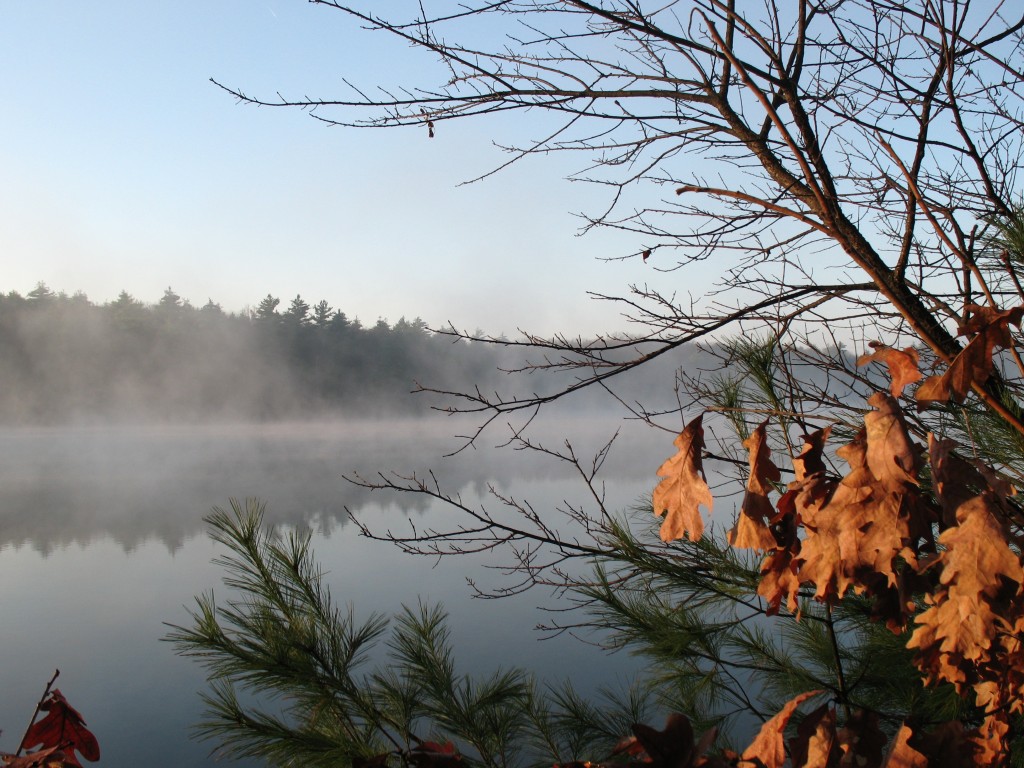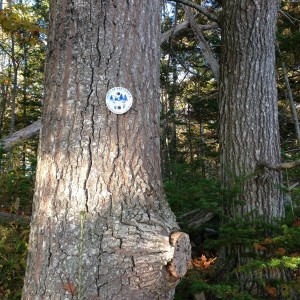“Our whole life is startlingly moral.” – Henry Thoreau, Walden
While the race of events makes it hard to maintain focus, I have been thinking often about the climate talks in Paris. They and the questions of climate link us all; something’s stirring there.
A recent NY Times op-ed piece (Koonin, 11/4/15, see link below) about accumulations of atmospheric carbon, measured in tons, brought the childhood song, John Henry, back to mind, and now – we all do this, yes? – it plays as soundtrack throughout my day…“you shovel 16 tons, and whatta you get, another day older and deeper in debt…St. Peter don’t you call me ‘cause I can’t go, I owe my soul to the company store”…dum, dum dum dum dum de dum dum of descending notes.
I write often about various footprints, in part because, for me, each day is, in some or many ways, foot won, and footprints and strides are also measure of our ways into the world. But, even as I look skyward to figure the near weather-future, I don’t often invert myself and see also my feet tracking across the sky, see my sky-prints.
It seems to go against gravity and, perhaps, tempt divinity to look up for sign of self. But, of course, science, which specializes in the invisible, tells me my prints are there, that I am Bigfoot of the above. As are we all.
Up there, my science reading tells me, above each of us hovers an annual cloud of our carbon exhalations; if we are Americans, it weighs, on average, 17 tons. If we are at home on other continents, the per person figure is markedly smaller – Europe: 7 tons; China: 6 tons; world average: 5 tons. Still, as John Henry reminds us, tons are heavy matter.
Used to the increments of each day, I try to shrink my cloud to the scope of my mind, and so I call up my calculator app and divide 34,000 pounds by 365 days, and get a daily poundage. Zow, I think – at 93.15 lbs that’s more than half of a me rising daily. And, even if I am a simplified or restrained American, a Euro-sort-of-guy at closer to 7 tons per annum, that still makes my daily exhalation 38.35 pounds. For feel’s sake, at my local Planet F(itness), I walk over to the free weights and lift the 40-pound barbell. (The 90 pounds I leave racked.) Can that really be? How is it possible that seeming nothing can weigh so much?
So, I look for a way to gain deeper purchase; here’s one: tonight, when company comes, we’ll burn an open fire in the fireplace, for cheer, for warmth. I’ve weighed the wood that will be this fire; it comes in at 20 pounds. Let’s say the leftover ashes will weigh a pound, tops, when I shovel them out tomorrow. Does that mean that – given conservation of matter – I’ll have added 19 pounds of gasses to what’s aloft? Yes, and more: elementary chemistry reminds me that for each carbon molecule, there are two oxygens bound in. And so the mass of my exhalation is even greater than the carbon I burn.
Henry Thoreau got all this in his blunt and startling statement in the Higher Laws chapter of Walden. “Our whole life is startlingly moral,” he wrote. Then, he added: “There is never and instant’s truce between virtue and vice.” Even the breath we take in and the CO2 we give back.
My brain whirrs in wondering: of what are my pounds and tons made? How much driving, heating, eating? How much of the tiny engine that’s me? How can I contain my tonnage, lessen it? I am, I think, the little engine that does; I am combustion on foot.
Still, each day I set out walking. I value the trees that take in my CO2, offer back oxygen. I keep trying to live little, to maintain balance, to shovel less.
Link to Steven Koonin op-ed in the 11/4/15 NY Times: http://www.nytimes.com/2015/11/04/opinion/the-tough-realities-of-the-paris-climate-talks.html?action=click&pgtype=Homepage&module=opinion-c-col-left-region®ion=opinion-c-col-left-region&WT.nav=opinion-c-col-left-region






